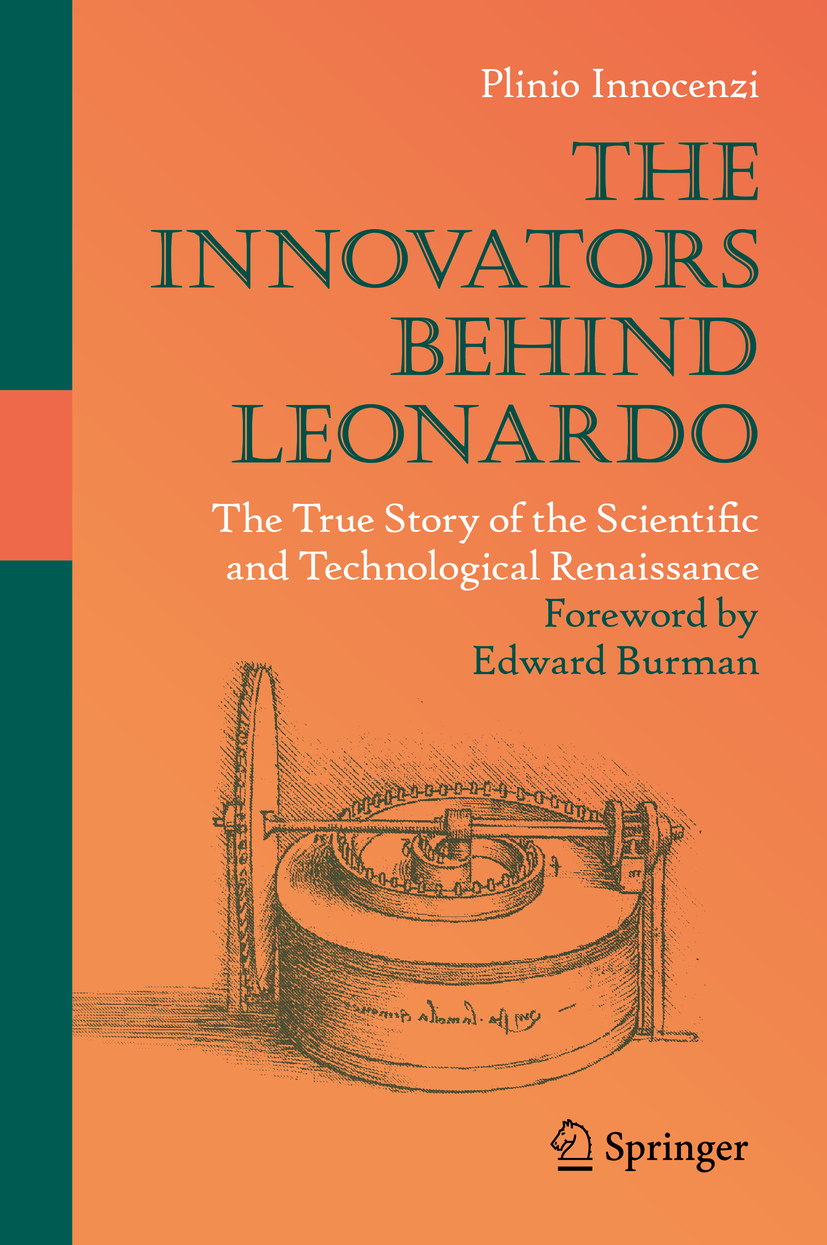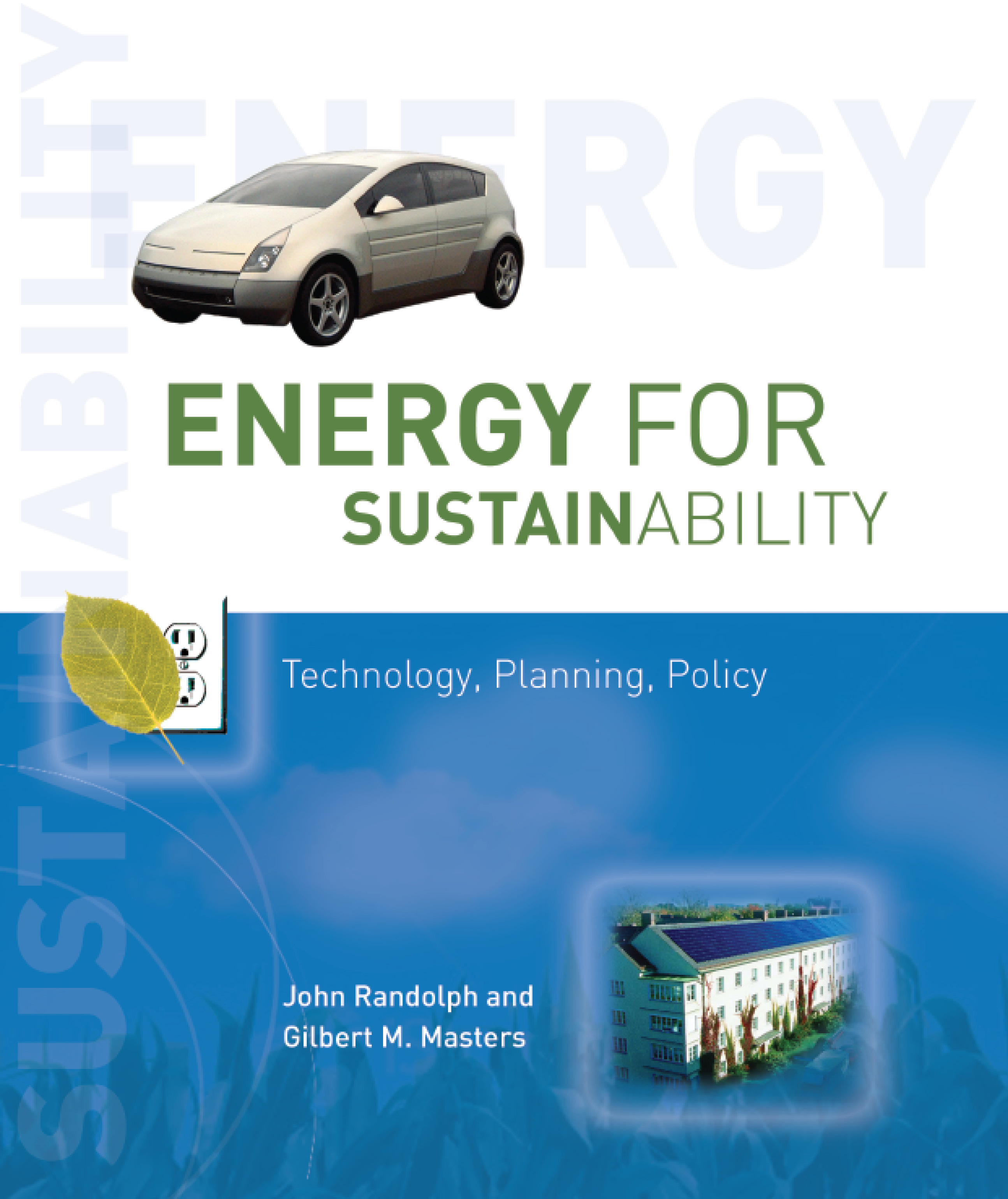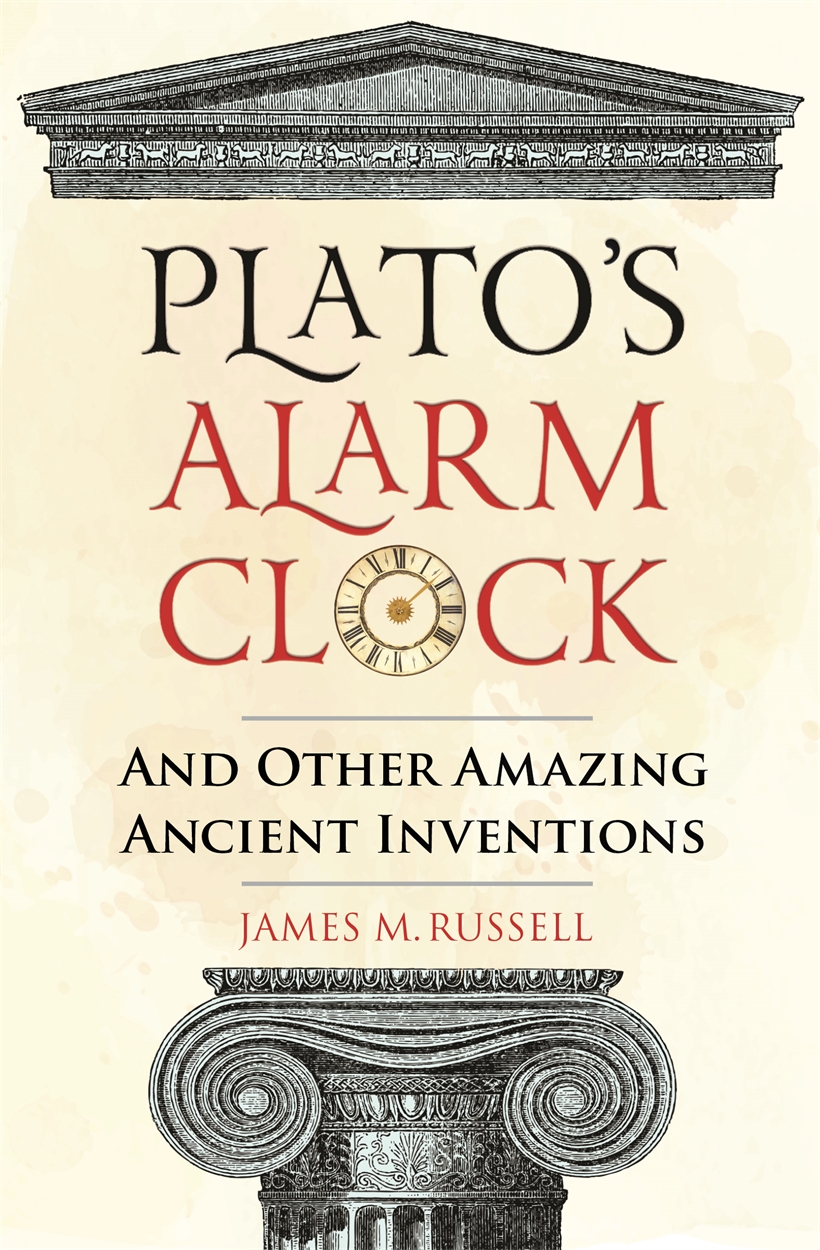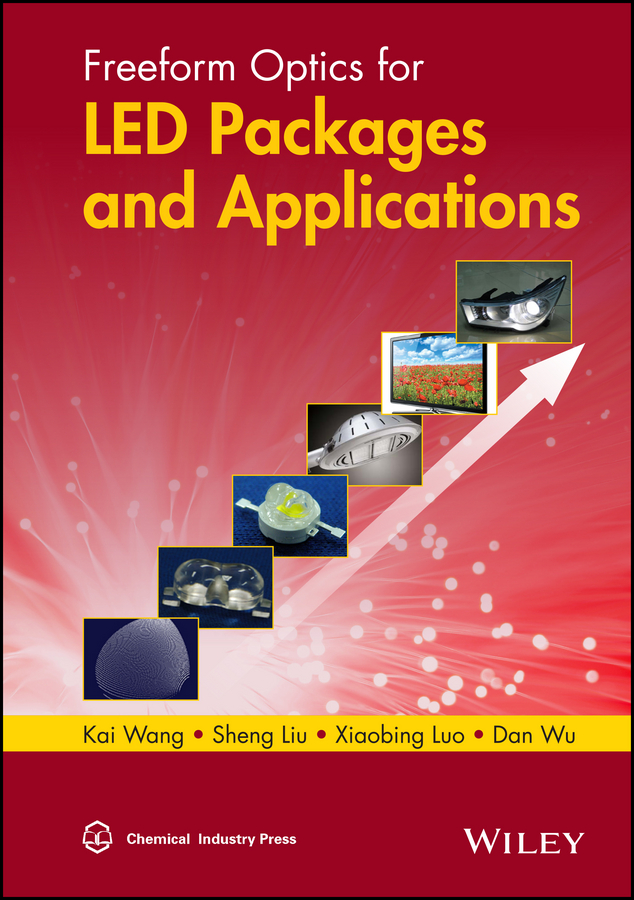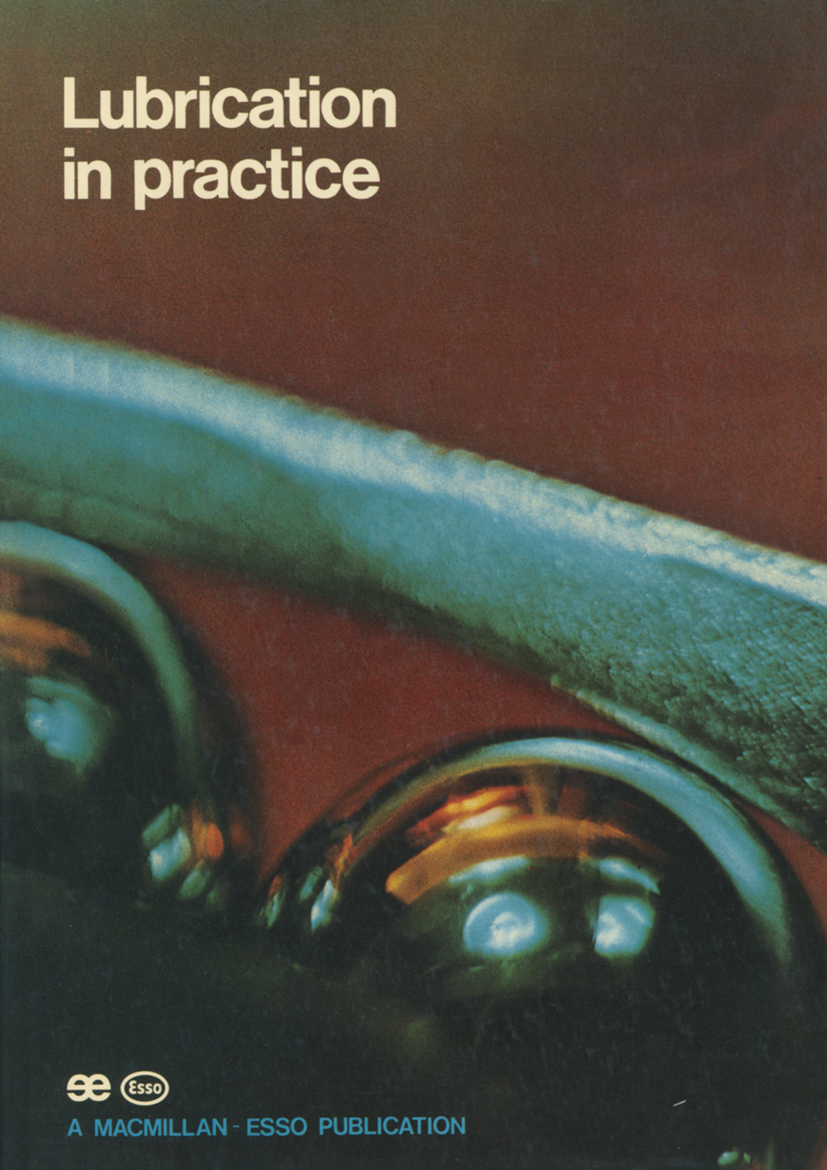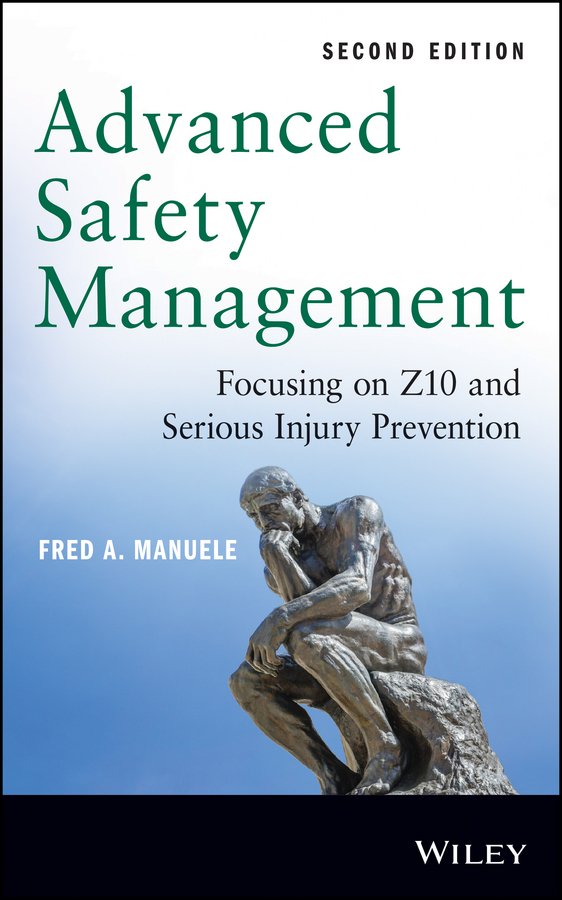The Vienna LTE-Advanced Simulators
by Markus Rupp
2020-05-29 07:47:24
The Vienna LTE-Advanced Simulators
by Markus Rupp
2020-05-29 07:47:24
This book introducesthe Vienna Simulator Suite for 3rd-Generation Partnership Project(3GPP)-compatible Long Term Evolution-Advanced (LTE-A) simulators and presentsapplications to demonstrate their uses for describing, designing, and optimizingwireles...
Read more
This book introducesthe Vienna Simulator Suite for 3rd-Generation Partnership Project(3GPP)-compatible Long Term Evolution-Advanced (LTE-A) simulators and presentsapplications to demonstrate their uses for describing, designing, and optimizingwireless cellular LTE-A networks. Part One addresses LTEand LTE-A link level techniques. As there has been high demand for the downlink(DL) simulator, it constitutes the central focus of the majority of thechapters. This part of the book reports on relevant highlights, includingsingle-user (SU), multi-user (MU) and single-input-single-output (SISO) as wellas multiple-input-multiple-output (MIMO) transmissions. Furthermore, itsummarizes the optimal pilot pattern for high-speed communications as well asdifferent synchronization issues. One chapter is devoted to experiments thatshow how the link level simulator can provide input to a testbed. This sectionalso uses measurements to present and validate fundamental results onorthogonal frequency division multiplexing (OFDM) transmissions that are notlimited to LTE-A. One chapter exclusively deals with the newest tool, theuplink (UL) link level simulator, and presents cutting-edge results. In turn, Part Twofocuses on system-level simulations. From early on, system-level simulations havebeen in high demand, as people are naturally seeking answers when scenarioswith numerous base stations and hundreds of users are investigated. This partnot only explains how mathematical abstraction can be employed to speed upsimulations by several hundred times without sacrificing precision, but alsoillustrates new theories on how to abstract large urban heterogeneous networkswith indoor small cells. It also reports on advanced applications such as trainand car transmissions to demonstrate the tools’ capabilities.
Less


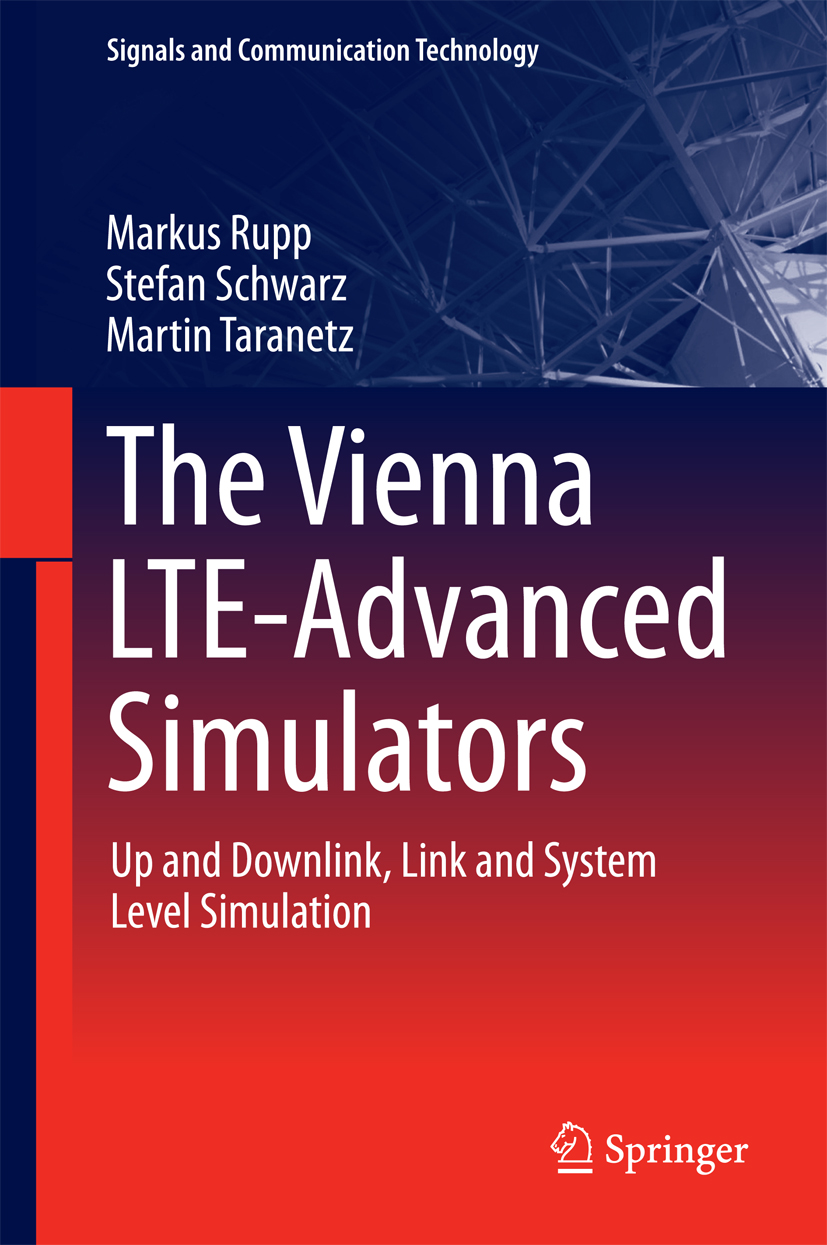



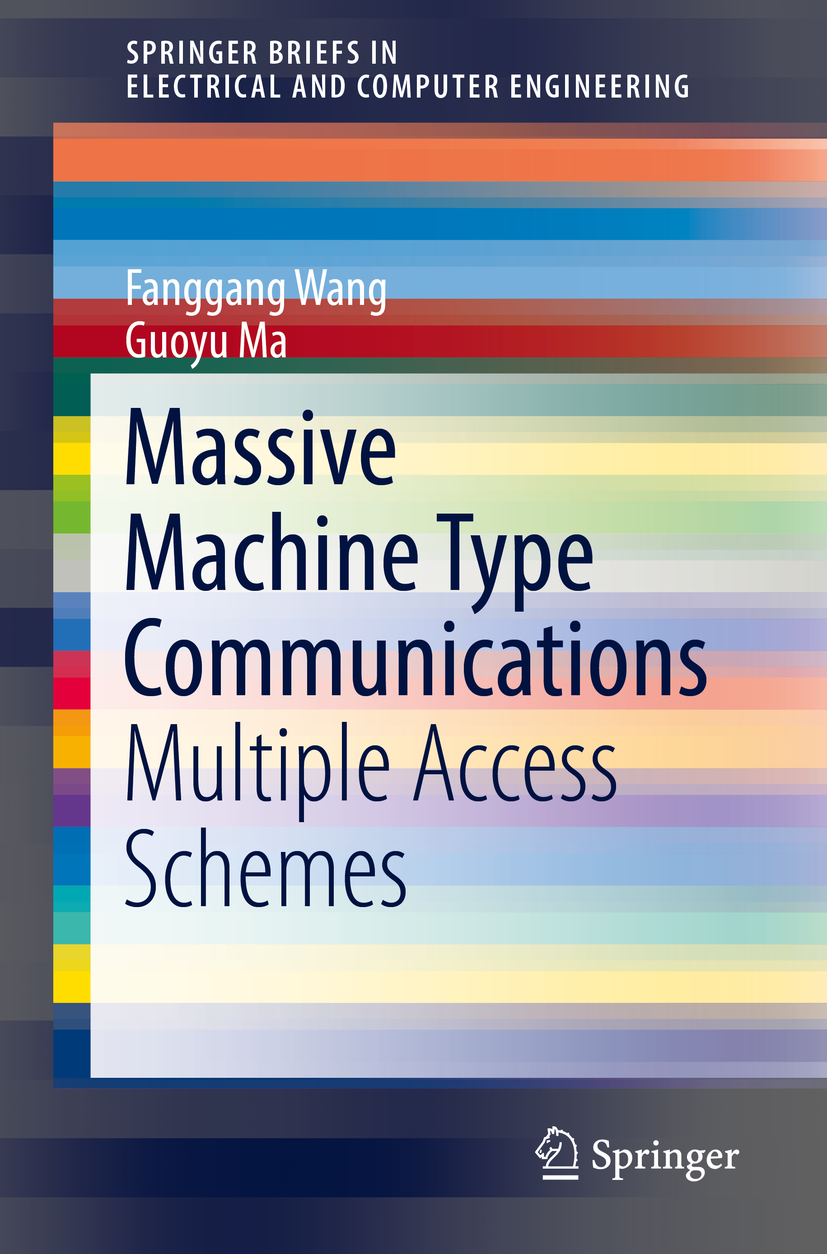
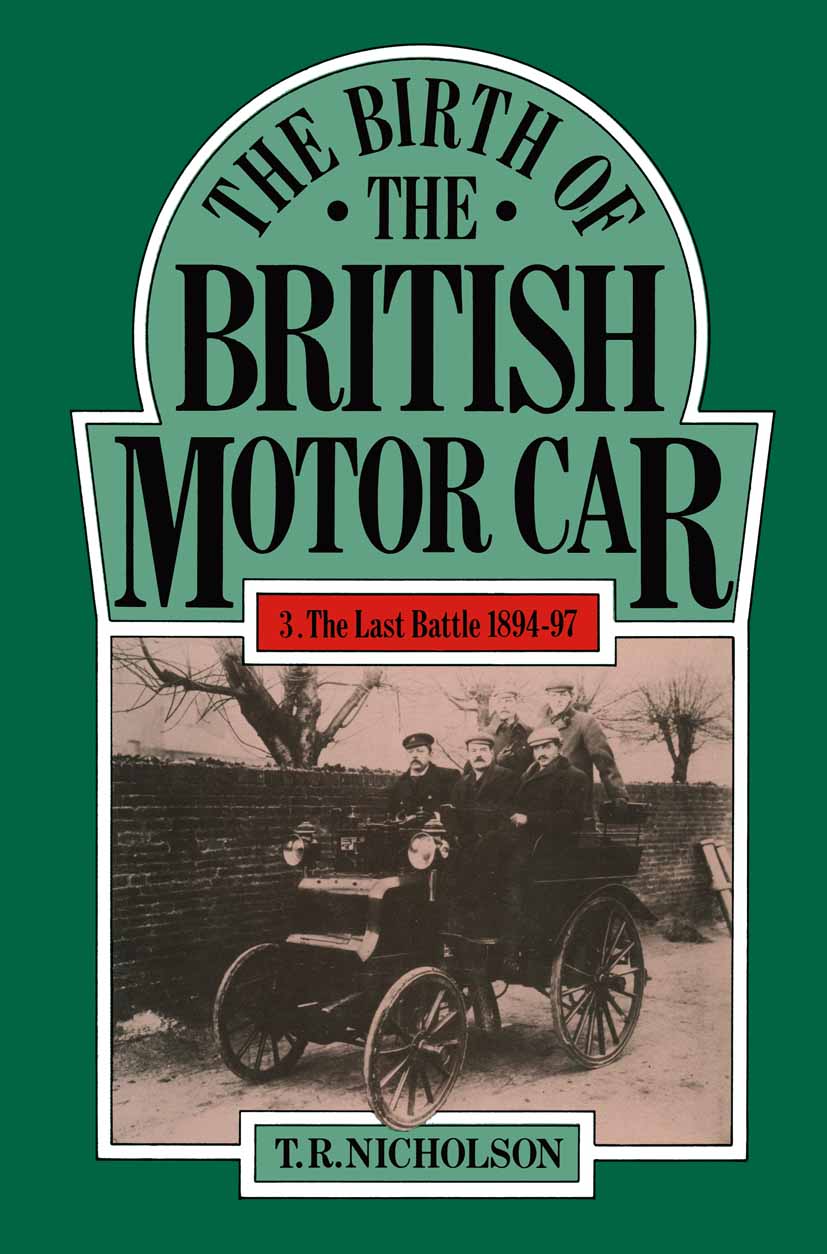


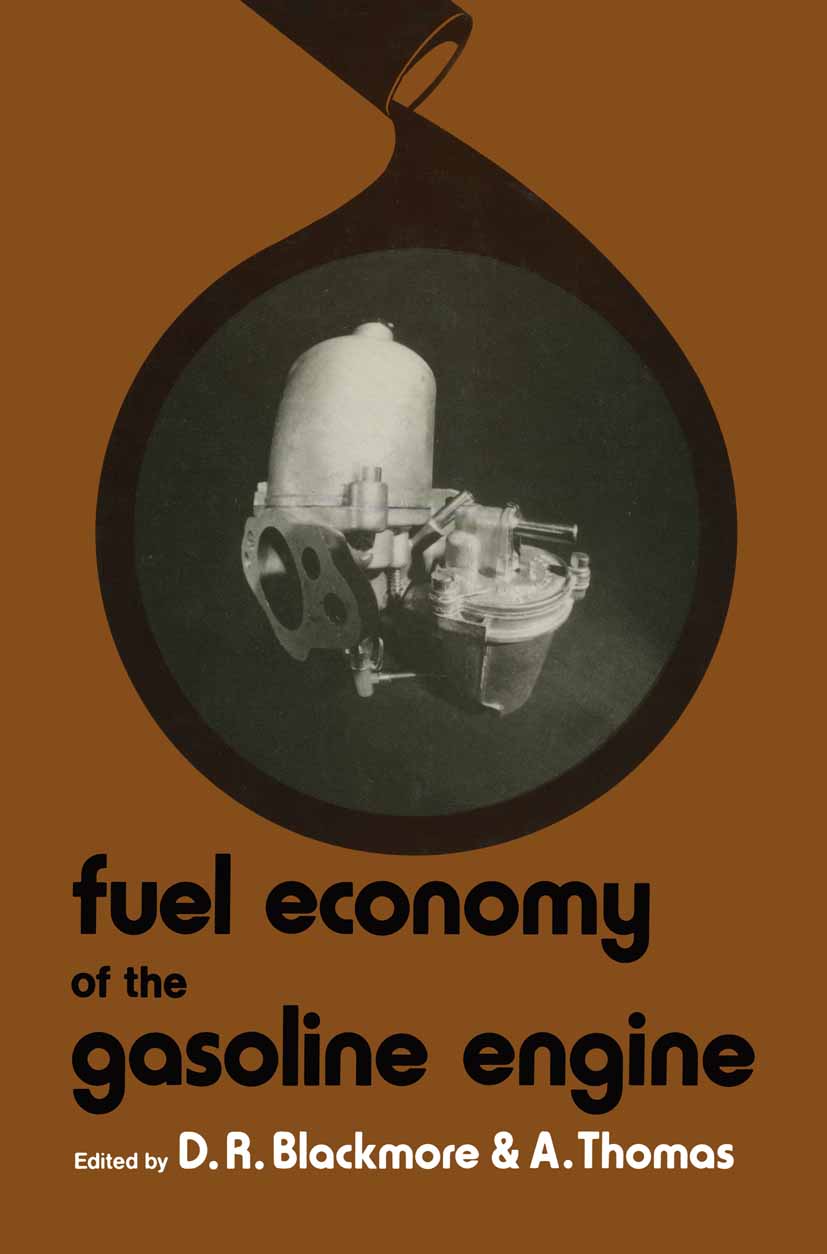

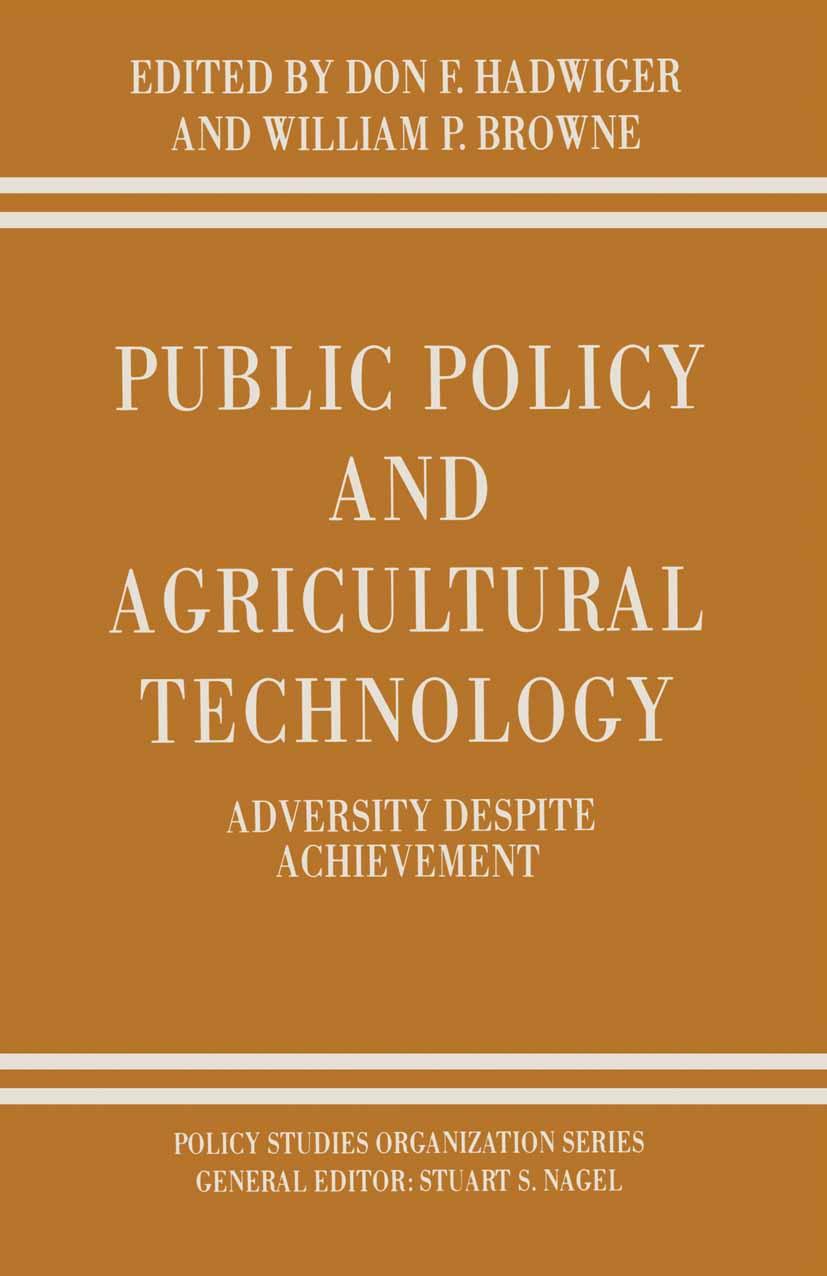
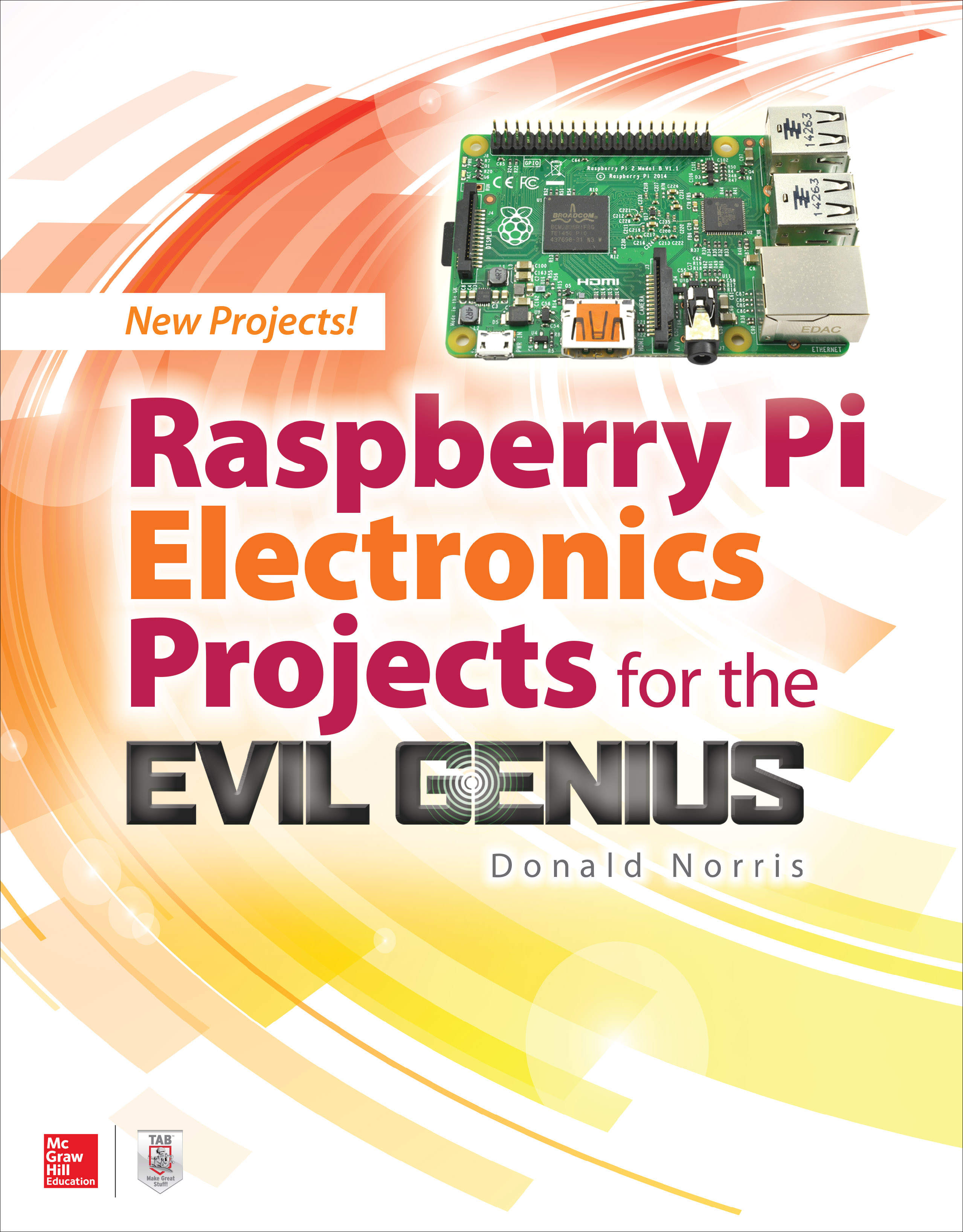
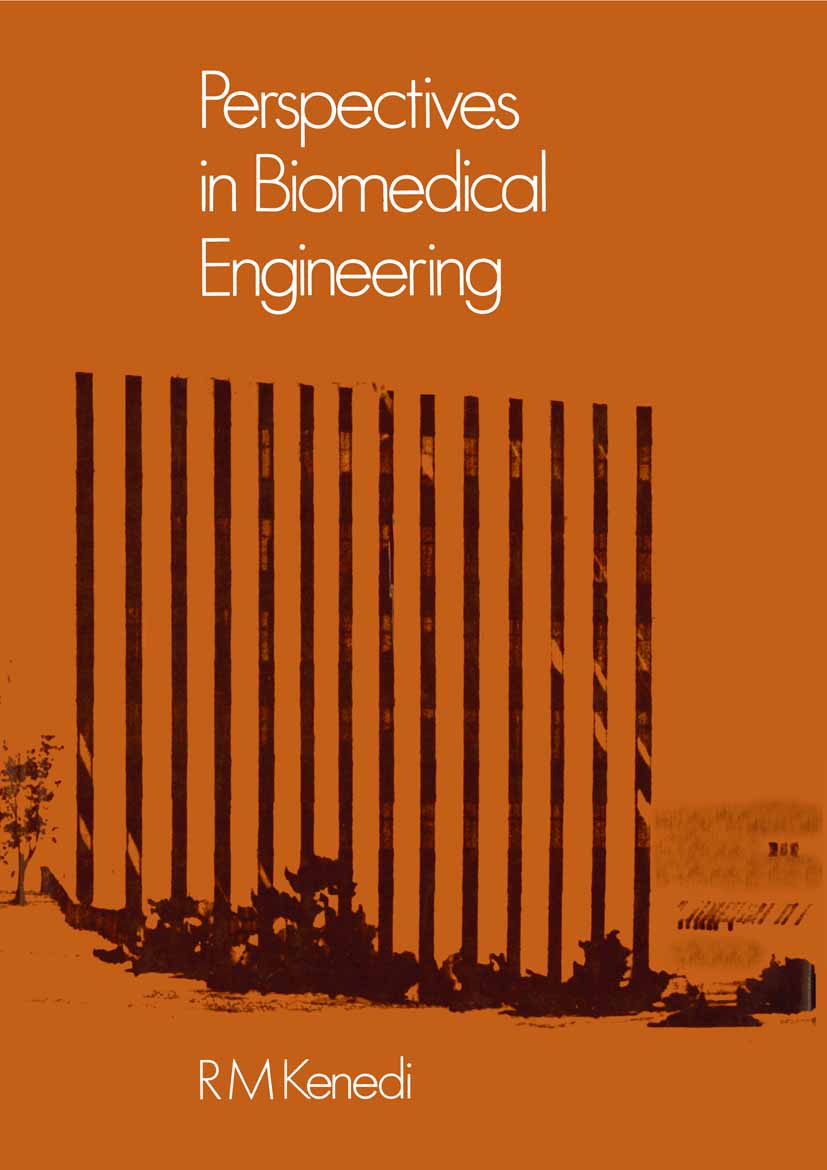
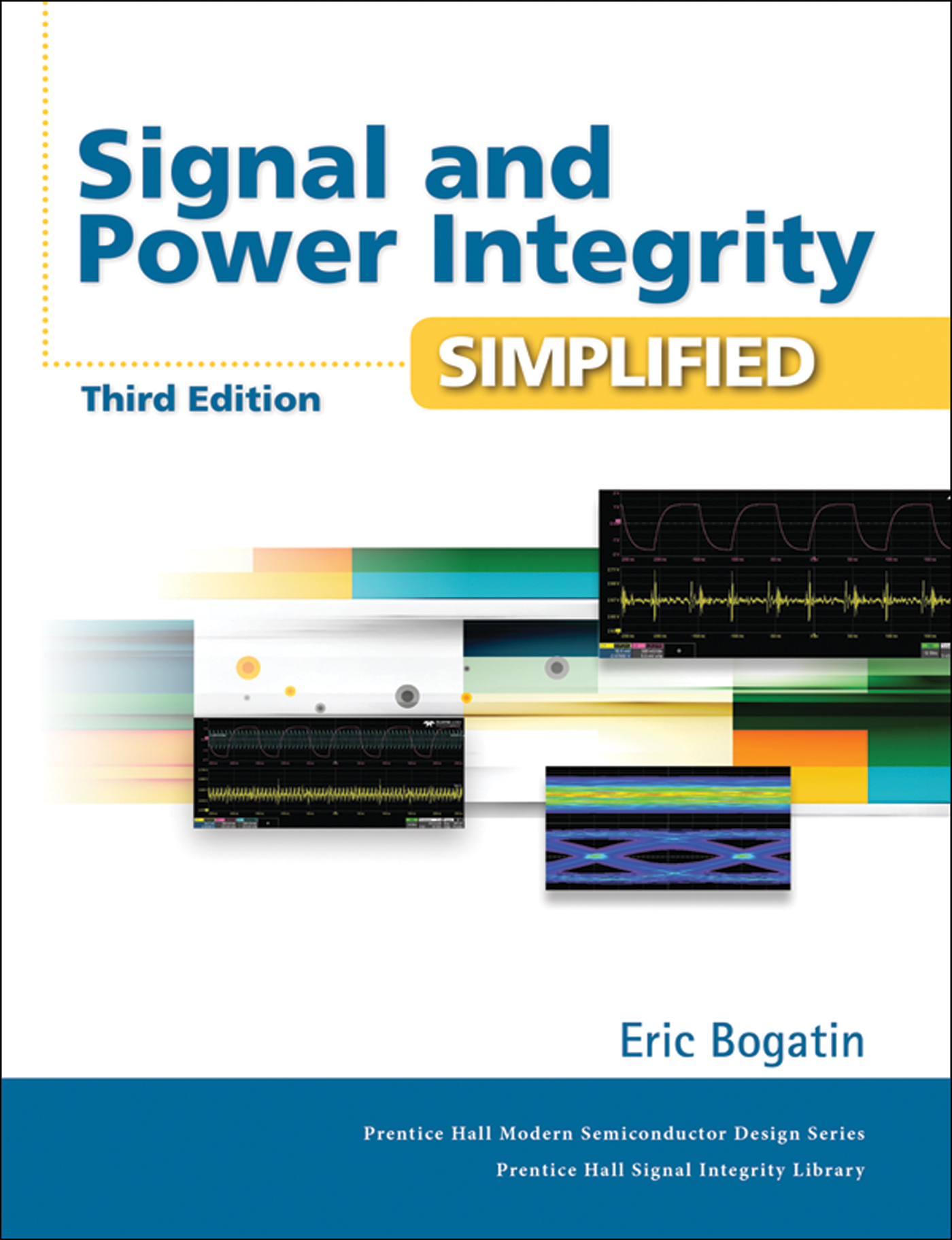
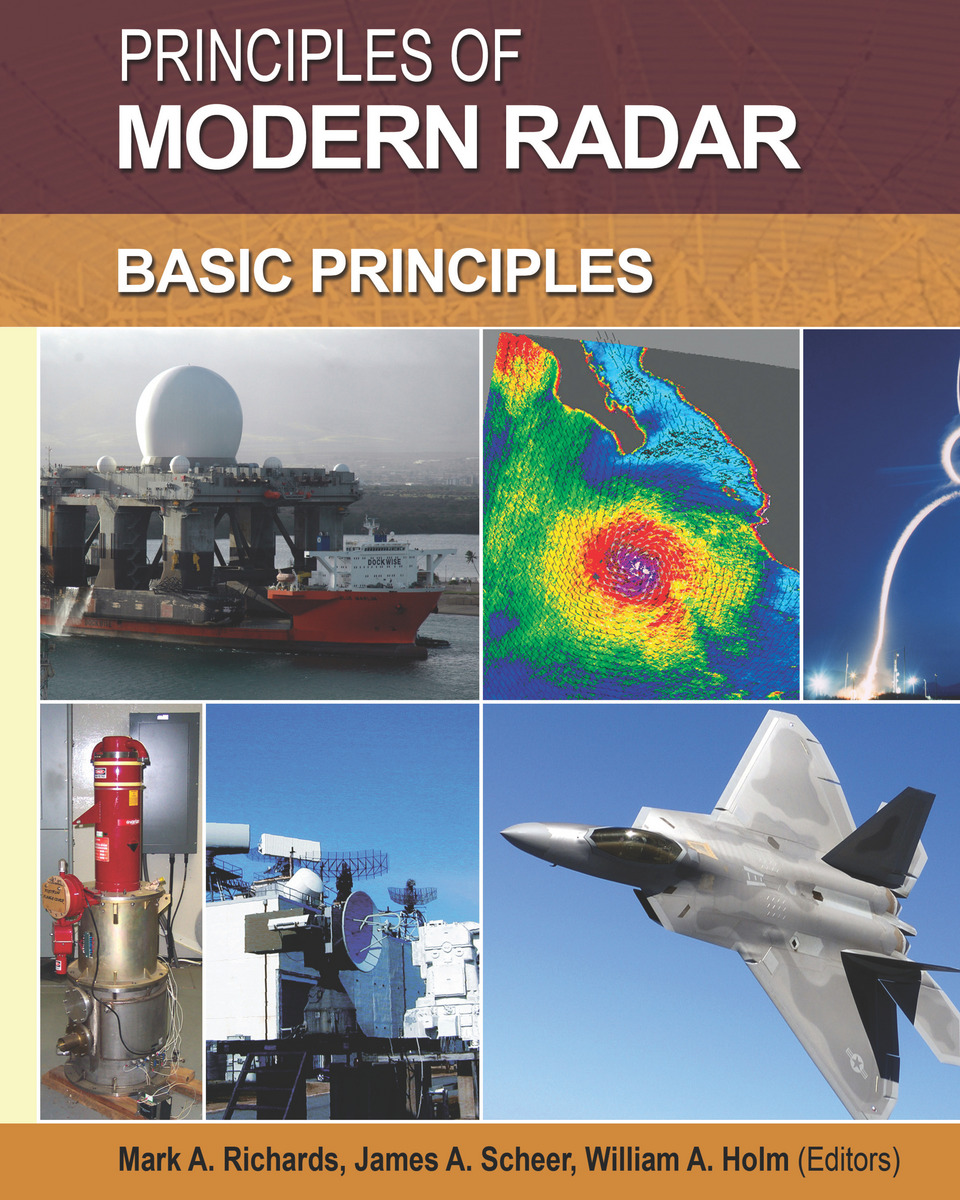
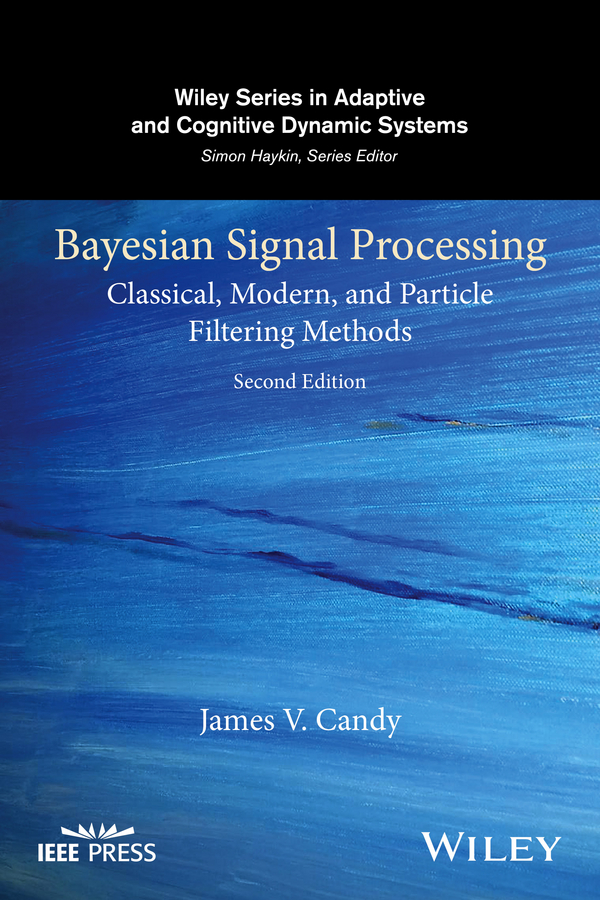
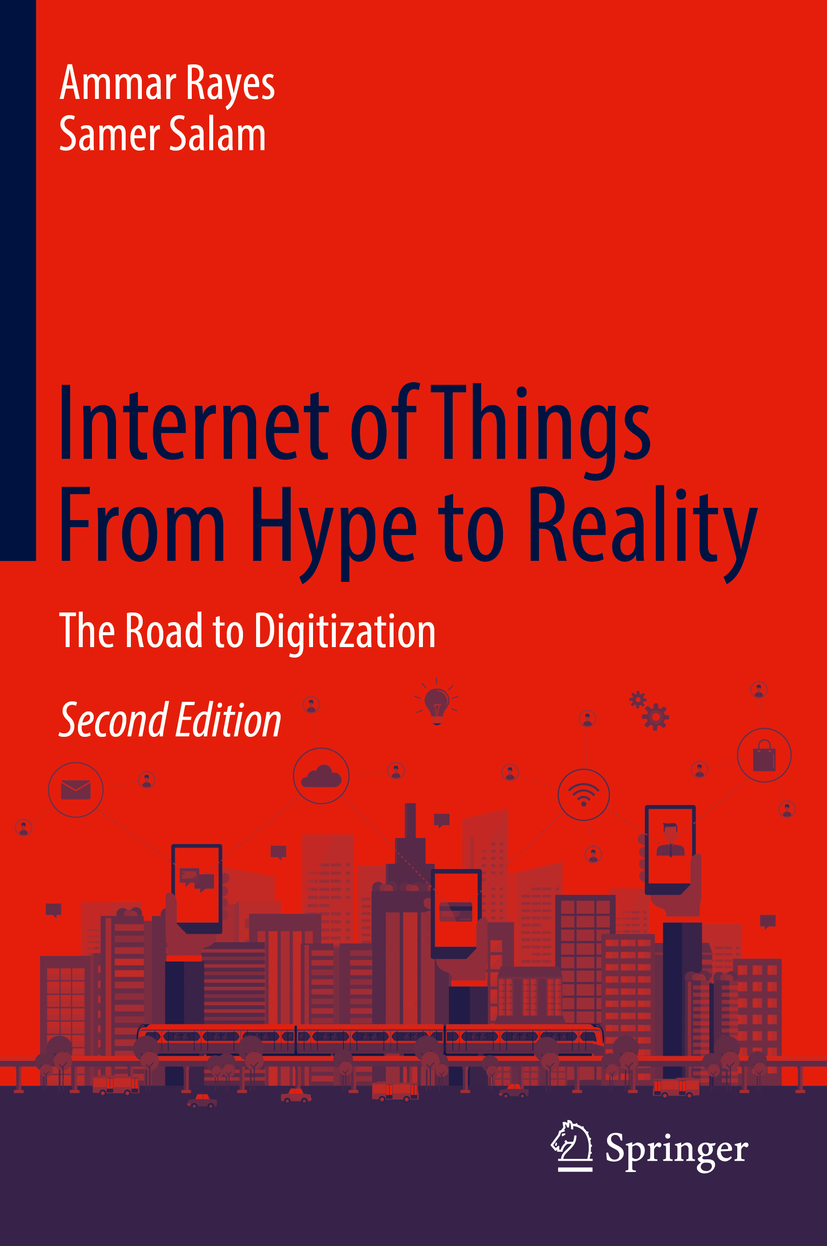
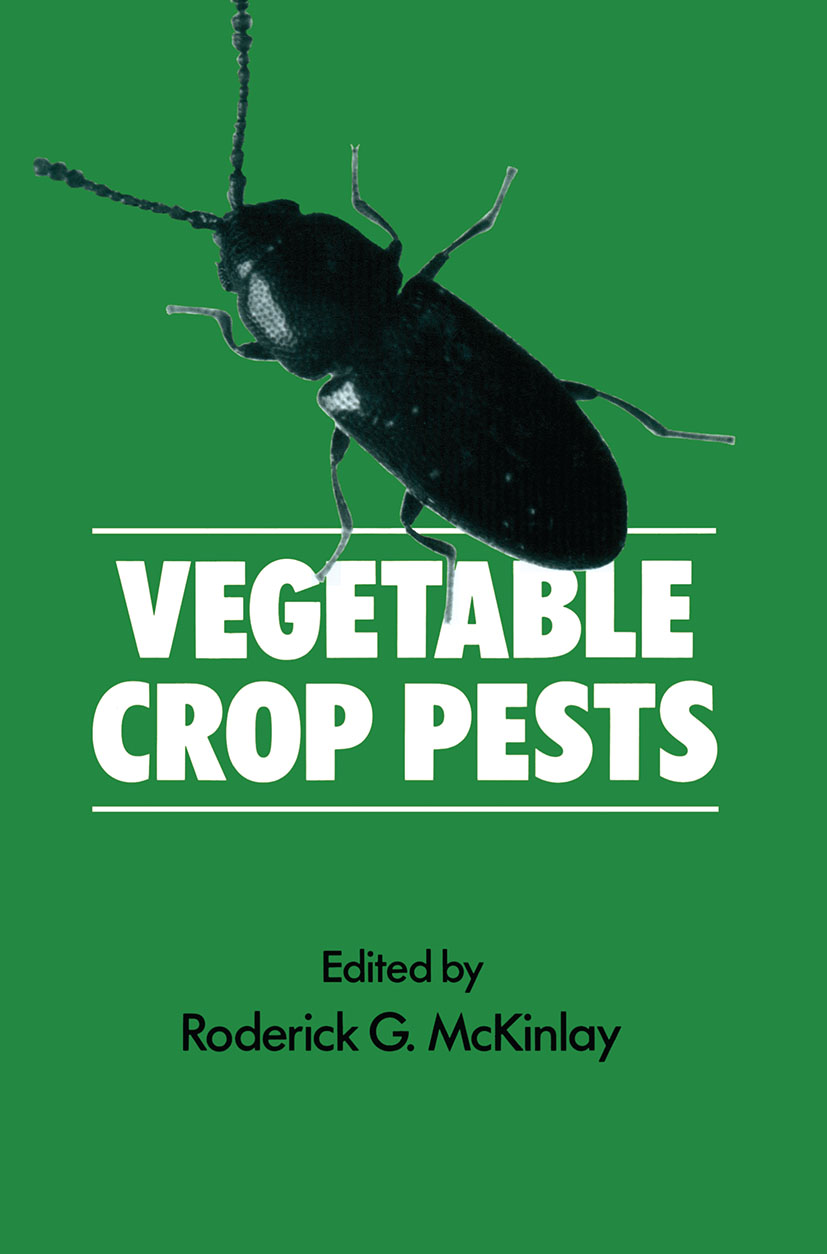

.jpg)
